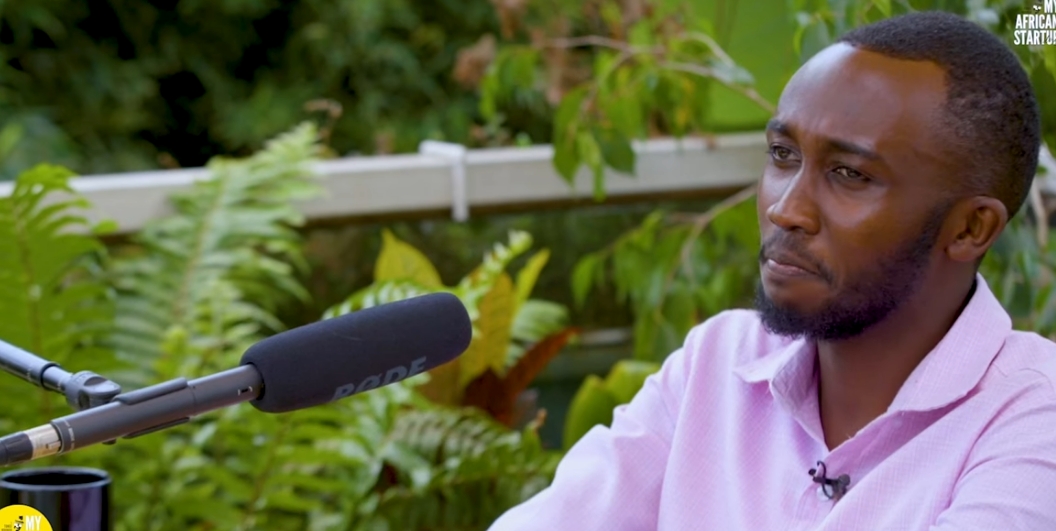In the competitive world of blogging, having a robust content strategy is the difference between stagnation and explosive growth. A well-crafted strategy will not only attract readers but also engage them, encourage them to share your content, and keep them coming back for more. Whether you’re just starting out or looking to take your blog to the next level, this guide will provide you with a comprehensive content creation strategy designed to blow up your blog.

1. Define Your Niche and Audience
The foundation of any successful blog is a clearly defined niche and a deep understanding of your target audience. Your niche should be specific enough to attract a dedicated audience, yet broad enough to allow for content diversity. For example, if your blog is about health and wellness, narrowing down to a niche like “plant-based nutrition for busy professionals” can help you stand out in a crowded market.
Once you’ve identified your niche, the next step is to create detailed audience personas. These personas represent your ideal readers and should include demographics such as age, gender, occupation, interests, and pain points. Understanding your audience’s needs and desires will allow you to tailor your content to resonate with them, increasing the likelihood of engagement and conversion.
2. Content Research and Planning
With your niche and audience in mind, the next step is thorough content research and planning. Keyword research is crucial here. Use tools like Ahrefs, SEMrush, or Google Keyword Planner to find high-traffic, low-competition keywords relevant to your niche. These keywords will serve as the foundation for your content topics, ensuring that your posts are optimized for search engines and aligned with what your audience is searching for.
Once you’ve identified your keywords, it’s time to create a content calendar. A well-organized content calendar should plan out at least three months of content, balancing evergreen content, trending topics, and seasonal posts. Evergreen content, which remains relevant over time, should form the backbone of your strategy, while trending topics and seasonal posts can help you capitalize on current events and timely interests.
Additionally, consider establishing 3-5 core content pillars or themes that your blog will focus on. These pillars should reflect the main topics your audience is interested in and provide a structured framework for your content. For instance, a digital marketing blog might have pillars such as SEO, content marketing, social media, email marketing, and analytics.

3. High-Quality Content Creation
In the world of blogging, content is king. However, not just any content will do—high-quality, in-depth content is what sets successful blogs apart. Long-form posts, typically ranging from 1,500 to 3,000+ words, tend to perform well in search engine rankings and provide more value to your readers. These posts should thoroughly cover the chosen topic, answering any potential questions your audience might have and offering actionable insights.
To enhance the engagement factor of your content, incorporate multimedia elements such as images, infographics, videos, and even podcasts. These elements can break up text, making your posts more visually appealing and easier to digest. Additionally, multimedia content tends to be more shareable, increasing the chances of your posts reaching a broader audience.
Another effective strategy is offering content upgrades. These are downloadable resources such as checklists, eBooks, templates, or exclusive guides that complement your blog posts. Content upgrades not only add value to your posts but also serve as an excellent tool for growing your email list.
4. SEO Optimization
Search engine optimization (SEO) is crucial for driving organic traffic to your blog. Start with on-page SEO, ensuring that each post is optimized with relevant keywords, meta descriptions, alt texts for images, and internal linking. Proper on-page SEO signals to search engines what your content is about, helping it rank higher in search results.
Technical SEO is another critical component. Your site should load quickly, be mobile-friendly, and have a logical URL structure. Slow-loading sites and poor mobile experiences can significantly harm your rankings and user experience. Additionally, consider implementing schema markup, which helps search engines better understand your content and can lead to enhanced search results, such as rich snippets.
A strong backlink strategy is essential for off-page SEO. Backlinks, or links from other websites to your blog, are one of the most important ranking factors. Focus on building high-quality backlinks by guest posting on reputable sites, creating shareable content like infographics, and networking with influencers or other bloggers in your niche.

5. Consistent Posting Schedule
Consistency is key to building a loyal readership. Determine a posting frequency that you can realistically maintain—whether it’s twice a week or once a month—and stick to it. Regular posting not only helps retain your current audience but also signals to search engines that your blog is active, which can positively impact your rankings.
In addition to maintaining a consistent posting schedule, consider repurposing your content into different formats. For example, a blog post can be transformed into a video, podcast episode, infographic, or social media post. This approach allows you to reach different segments of your audience who may prefer different types of content.
6. Promote Your Content
Creating high-quality content is only half the battle; promoting it effectively is what will drive traffic and grow your blog. Social media is a powerful tool for content promotion. Share your posts across relevant platforms, tailoring your message to suit the audience of each platform. For example, Instagram might require visually appealing images and concise captions, while LinkedIn might benefit from more in-depth, professional insights.
Email marketing is another effective promotional tool. Build and segment your email list, sending regular newsletters that feature your latest posts and offer exclusive content. A well-crafted email strategy can help you maintain direct communication with your audience, encouraging them to return to your blog regularly.
Consider collaborating with influencers or other bloggers in your niche. Guest posting, co-creating content, or featuring each other’s work can expose your blog to a new, relevant audience. Additionally, content syndication on platforms like Medium, LinkedIn, or Quora can help you reach a broader audience by republishing your content on these high-traffic sites.
7. Audience Engagement and Community Building
Engagement is crucial for converting readers into loyal followers. Make it a priority to respond to comments on your blog, engage with your audience on social media, and reply to emails. Building a community around your blog fosters loyalty and encourages word-of-mouth promotion.
Encourage user-generated content by inviting your readers to share their experiences or content related to your niche. This could be through comments, social media posts, or even guest contributions. User-generated content not only increases engagement but also provides you with fresh content ideas.
Consider creating an exclusive community space for your most engaged readers. This could be a private Facebook group, a Discord channel, or even a members-only section of your blog. Such communities can foster deeper connections among your readers and provide you with valuable feedback and content ideas.
8. Analyze and Adapt
To ensure your content strategy is effective, regularly analyze your blog’s performance using tools like Google Analytics. Track key metrics such as traffic, bounce rate, time on site, and conversion rates. These insights will help you understand what’s working and where there’s room for improvement.
Conduct periodic content audits to update old posts, remove outdated content, and optimize high-performing posts for new keywords. This process ensures that your blog remains relevant and continues to attract traffic over time.
Additionally, experiment with A/B testing to see what resonates best with your audience. Test different headlines, content formats, and posting times to optimize your content strategy continually.
9. Monetization Strategies
Once your blog starts gaining traction, you can explore various monetization strategies. Affiliate marketing is a popular option, where you earn a commission by promoting products or services related to your niche. Integrate affiliate links naturally within your content to avoid coming off as too salesy.
Sponsored content is another revenue stream, where brands pay you to create content that features their products or services. Ensure that any sponsored content aligns with your niche and provides value to your audience to maintain credibility.
Consider creating and selling digital products such as eBooks, courses, or printables. These products can be a significant income source, especially if they address a specific need or pain point of your audience. Additionally, you can generate ad revenue by using ad networks like Google AdSense or working directly with brands for display ads.
10. Stay Updated and Evolve
The digital landscape is constantly evolving, and so should your content strategy. Stay updated on trends within your niche by following industry blogs, attending webinars, and participating in online communities. Adapting your content strategy to reflect these trends will help you stay relevant and continue to grow your audience.
Continuous learning is also essential. Invest in courses, read books, or participate in conferences to keep improving your blogging skills. The more you learn, the better equipped you’ll be to create content that resonates with your audience and keeps your blog ahead of the competition.
Conclusion
Growing a blog requires a well-thought-out content strategy that encompasses everything from niche definition and content creation to SEO optimization and audience engagement. By following this comprehensive strategy, you can create a blog that not only attracts readers but also engages and retains them, leading to exponential growth. Remember, consistency, quality, and adaptability are key. With dedication and the right approach, your blog can achieve the explosive growth you’re aiming for.

